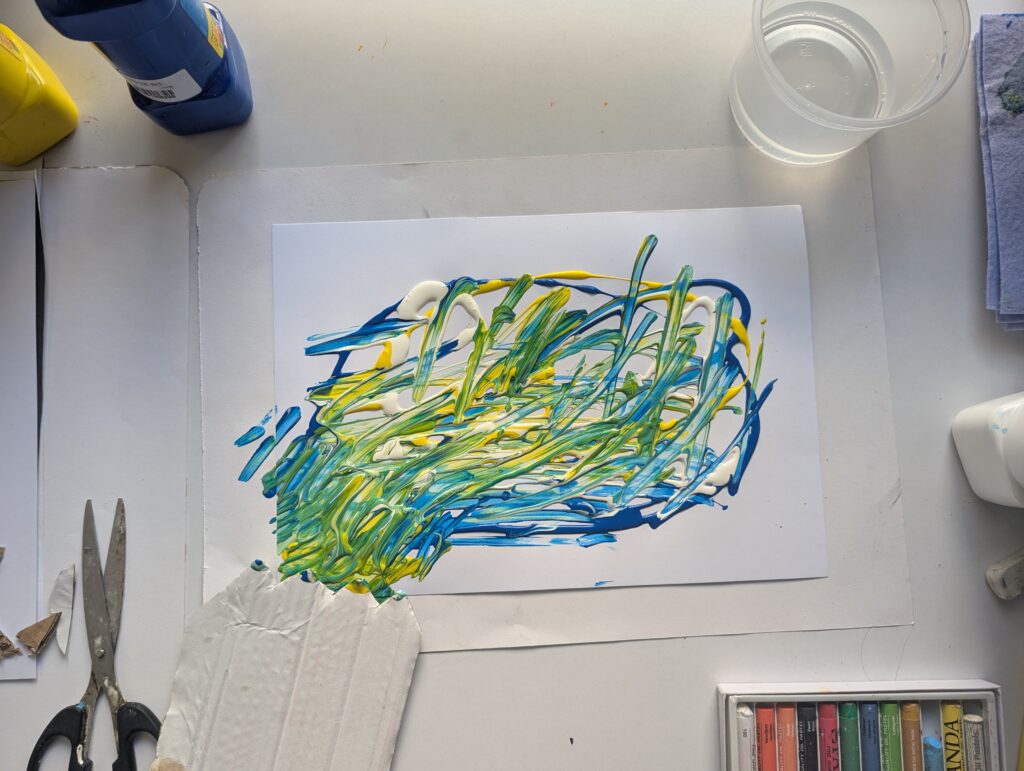
When a child proudly presents you with their latest artistic creation, your response matters more than you might think. The way adults talk about children’s artwork can nurture creativity, build confidence, and develop critical thinking skills. Here’s how to have meaningful conversations about your child’s art that go beyond “That’s beautiful!”
As Pablo Picasso famously said, “Every child is an artist. The problem is how to remain an artist once we grow up.” Somewhere between childhood and adolescence, many kids transition from loving art to avoiding it because they believe “I’m not good at art.” Your responses to their creative efforts can help preserve that artistic spirit.
Here’s how to talk to a kid about their artwork in a way that encourages creativity, builds confidence, and keeps the joy of creating alive. Over the years, I’ve seen how the way parents talk to their kids about their artwork can make a world of difference, deeply influencing their confidence and self-esteem.
Common Responses and Why They Fall Short
When a child shows you their artwork, it’s easy to default to one of these typical responses:
- “It’s beautiful!”
- “I love it!”
- “Good job!”
While well-intentioned, these responses can inadvertently stifle creativity:
“It’s beautiful!” – What if the child doesn’t think it’s beautiful? What if they were expressing difficult emotions? Does art always need to be beautiful to be valuable?
“I love it!” – This may unintentionally teach children to create art to please others rather than express themselves. If they know you love rainbows, they might draw rainbows instead of animals just to make you happy.
“Good job!” – This focuses on the result rather than the process. Art is about exploration and expression, not just producing something “good” by some external standard.
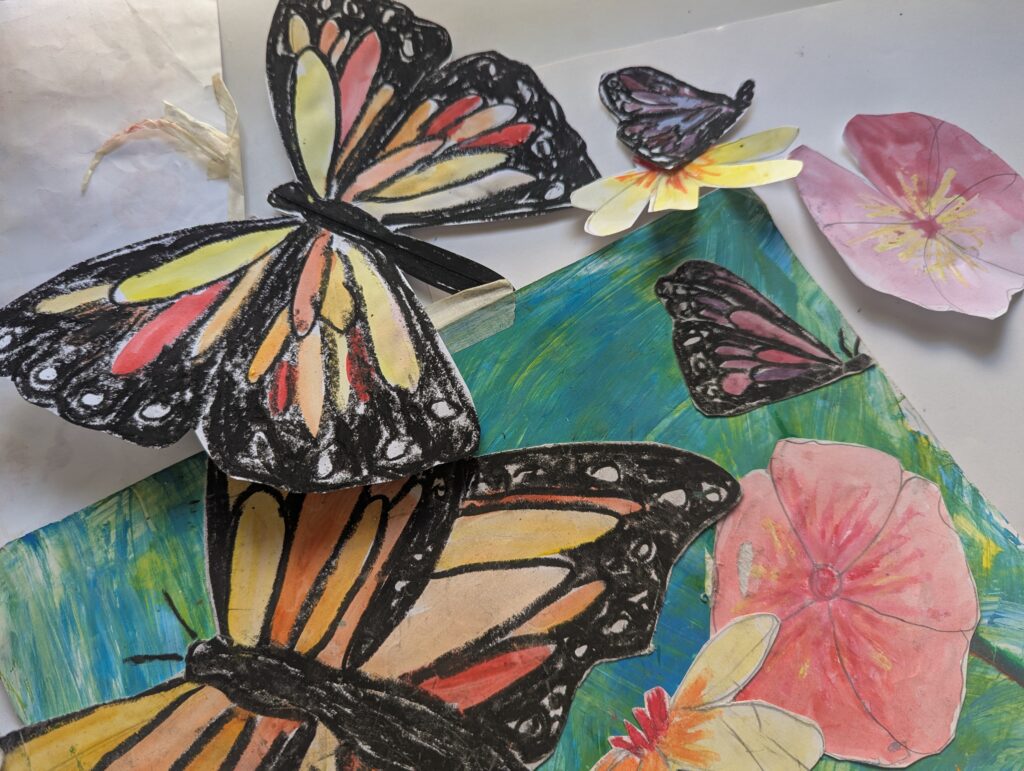
Start With Curiosity, Not Assumptions
Instead of guessing what the drawing is, ask open-ended questions:
- “Can you tell me about your picture?”
- “What’s happening here?”
- “What made you decide to use these colors?”
This shows respect for their creative process and gives them space to express their thoughts, which may surprise you. A blob of blue might not be “just a blob”—it could be a flying whale or a portal to another world.
Ask Open-Ended Questions
Open-ended questions invite children to reflect on their work and articulate their creative process:
- “What inspired you to create this?”
- “What’s your favorite part of this artwork?”
- “How did you decide which colors to use?”
These questions show genuine interest and help children develop their ability to talk about their creative choices.
Focus on the Effort, Not Just the Outcome
Praise effort and process over results. Instead of generic praise like “Good job” or “That’s beautiful,” say things like:
- “I see you spent a lot of time on this.”
- “You really worked hard on all these details.”
- “It looks like you had fun making this!”
This encourages kids to value persistence and experimentation—not just perfection.
Notice Specific Details
Point out specific elements that catch your eye:
- “I notice you used lots of swirling lines in this corner.”
- “The way you blended these colors reminds me of a sunset.”
- “I’m interested in how you made these patterns overlap.”
Specific observations help children recognize that their artistic choices have impact.
Avoid Turning It Into a Judgment
This one I feel is the most important: Even well-meaning praise like “You’re so talented” can unintentionally put pressure on kids to always “perform.” Instead of judging the work, observe what you see:
- “I notice you used a lot of different colors today.”
- “I can see you draw very detailed images”
- “You’ve drawn so many different shapes—what were you thinking about when you did that?”
These comments keep the conversation observational and supportive, rather than evaluative. While teaching, I make observations and comments as kids create their artwork, so they understand that the process matters just as much as the final product. I want them to enjoy creating without feeling pressured to produce something ‘perfect’.
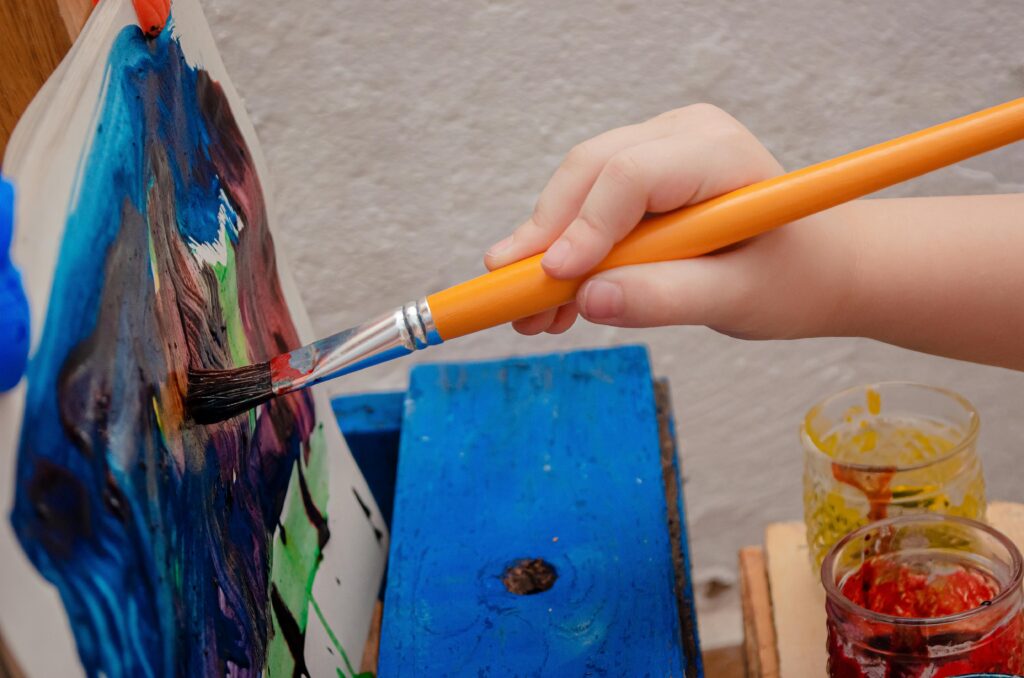
Celebrate Their Voice, Not Your Interpretation
It’s tempting to say “It looks like a tree!” when the child has drawn a spaceship. If you’re unsure what it is, ask:
- “What inspired you to draw this?”
- “Is there a story behind this part?”
Let their words lead the interpretation. You’re helping them build a narrative and reflect on their own ideas.
Discuss the Process, Not Just the Product
Focus on their effort and choices rather than just the final result:
- “You really concentrated while working on this!”
- “I saw how carefully you were mixing those colors.”
- “You kept working on this even when it was challenging.”
This approach values persistence and problem-solving, not just natural talent.
Respond to Frustration Constructively
When a child is unhappy with their artwork:
- Acknowledge their feelings: “You sound disappointed with how it turned out.”
- Encourage problem-solving: “Is there something you’d like to change about it?”
- Highlight growth: “Each time you draw, you’re learning something new and you’re getting more skilled.” “The more you practice, the better you are going to get”
This teaches resilience and that mistakes are part of the creative process.
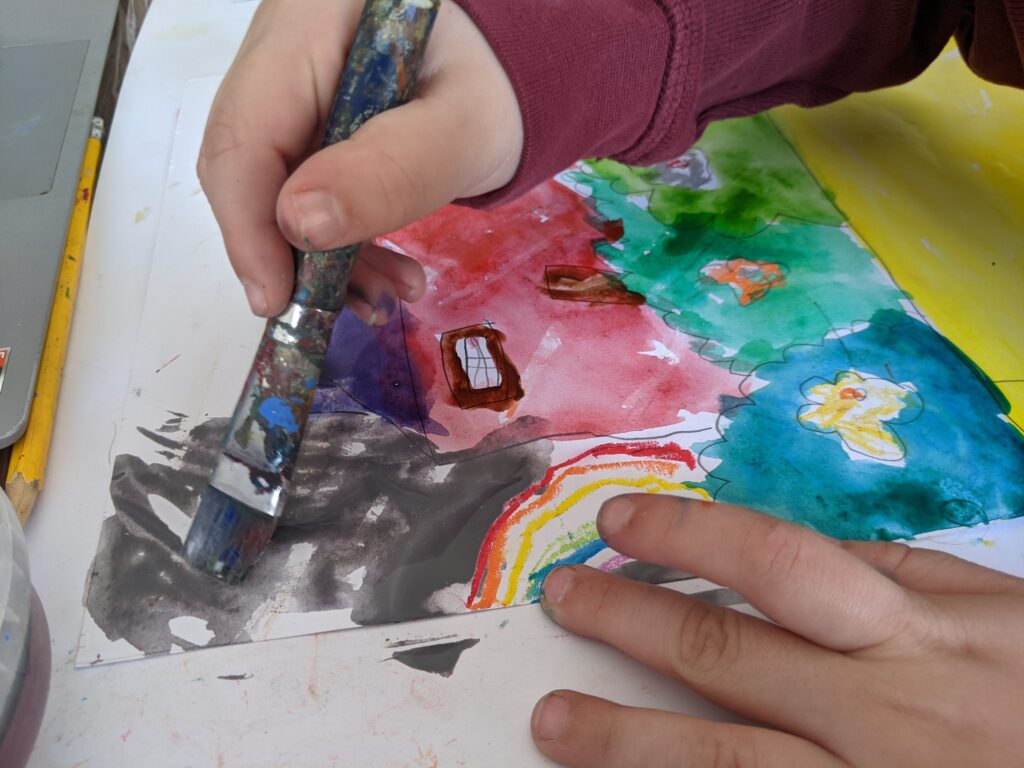
Display Their Work (But Ask First)
Pinning a picture to the fridge or hanging it in a frame can show you value their efforts—but always ask if they’d like you to display it. Respecting their choice teaches them agency and shows that their work belongs to them first.
Creating a dedicated gallery space in your home and rotating displays to showcase new creations demonstrates that you value their artistic expression.
Keep It Light and Enjoyable
Not every scribble has to be a life lesson. Sometimes a simple, “That looks fun—what were you thinking about while drawing it?” is enough. The goal is to be present, interested, and encouraging.
Remember That Art Is Personal
Children’s artwork is often deeply personal and meaningful to them. Your responses should honor their unique perspective and creative voice rather than imposing adult standards or expectations.
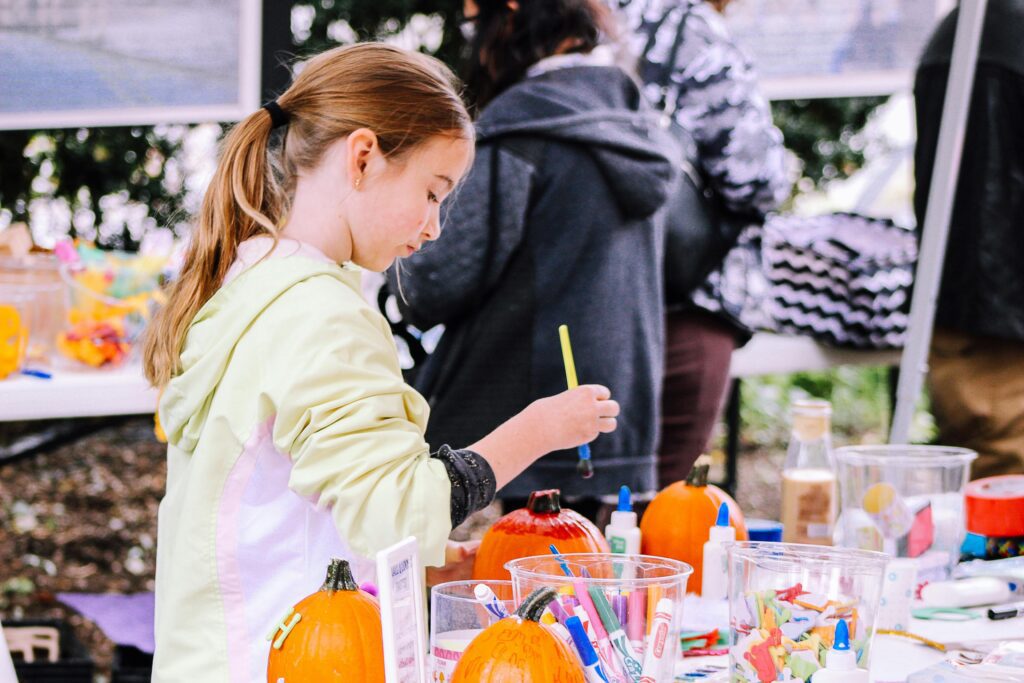
Final Thoughts: Nurturing the Creative Spirit
The goal isn’t to raise the next Picasso. It’s to help your child maintain their innate sense that their creativity has value—simply because it’s an expression of who they are.
When you talk about your child’s art with curiosity, respect, and genuine interest, you’re helping them develop confidence not just in their artistic abilities, but in their unique way of seeing and interpreting the world.
So next time a child hands you a glittery, colorful paper lean in. There’s a whole world waiting to be discovered—through their eyes.
